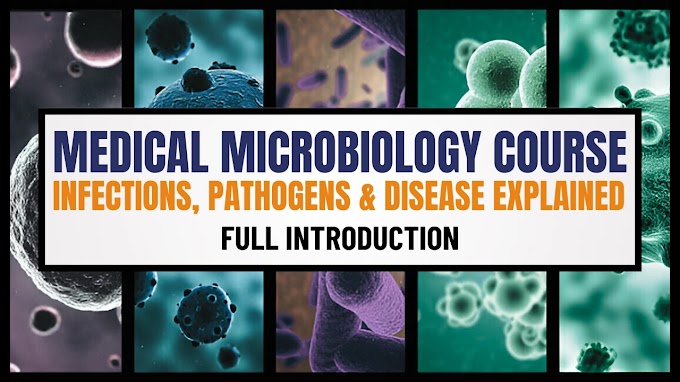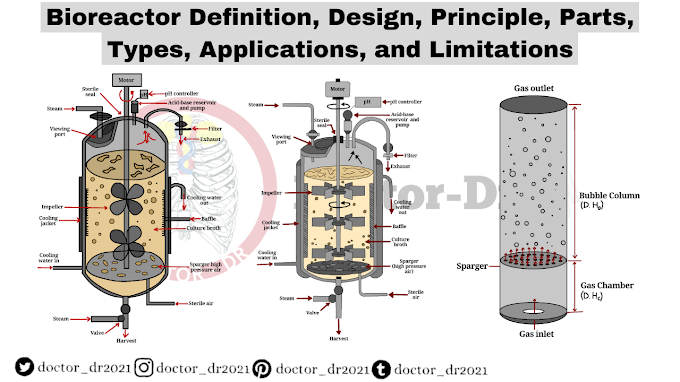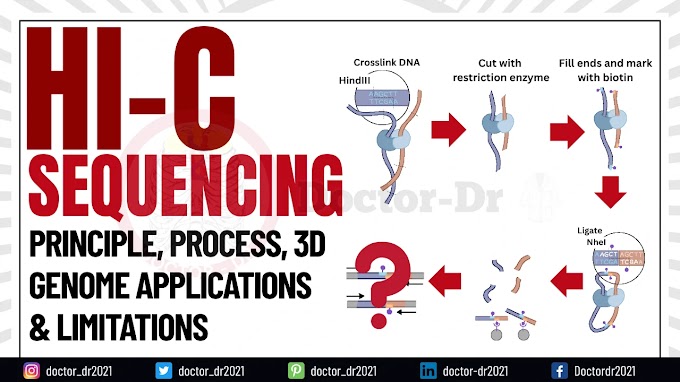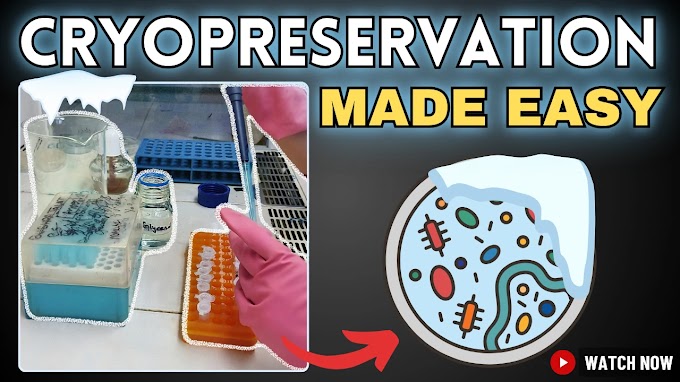by Microbiology Doctor-dr
Molecular Biology
Unit 1: Genome Organization
Chromosome
- The word chromosome is derived from the Greek words chromos, meaning color, and soma, meaning body.
- The chromosomes range in size from 200 kb to 2.2 Mb.
- Each chromosomes contains a single DNA molecule that runs continuously throughout its length. Chromosomes can be stained with dyes and visualized in the light microscope during mitosis.
- A fully condensed and duplicated metaphase chromosome consists of two sister chromatids connected at the centromere.
- At the centromere, a protein complex called kinetochore forms that attaches the duplicated chromosomes to the mitotic spindle, allowing them to segregate correctly to daughter cells.
- In addition to centromere, chromosome also contain one or more origins of replication, and a telomere at each end.
- Telomeres are specialized structures that cap the end of chromosomes.
- They also contain repeated nucleotide sequences for efficient replication ends of chromosomes.
- The repeated telomere DNA sequences and their adjoining regions protect the end of the chromosome
- from being recognized by the cell as a broken DNA molecule.
Classification of Chromosomes
Chromosomes are classified as:
- Allosomes (sex chromosomes) and Autosomes (chromosomes other than sex chromosomes)
- In human genome, 44 autosomes plus two sex chromosomes (two X chromosomes in females, and
- one X plus one Y in males) make up the human karyotype.
- Karyotype is a complete set of chromosome of a species on the basis of number, size, and shape of the chromosomes.
On the basis of location of centromere, chromosomes are further classified as:
- Metacentric (centromere in the middle)
- Sub-metacentric (centromere towards the center)
- Acrocentric (centromere toward one end)
- Telocentric (centromere at the end)
Chromosomes Contain Long Strings of Genes
- The most important function of chromosomes is to carry genes the functional units of heredity.
- A gene is usually defined as a segment of DNA that contains the instructions for making a particular
- protein or a set of closely related proteins.
- A correlation exists between the complexity of an organism and the number of genes in its genome.
- For example, total gene numbers range from less than 500 for simple bacteria to about 30,000 for
- humans.
- Chromosomes from many eukaryotes contain, in addition to genes, a large excess of interspersed DNA that does not seem to carry critical information.
- Sometimes called junk DNA to signify that:
- Its usefulness to the cell has not been demonstrated.
- The particular nucleotide sequence of this DNA may not be important
- The DNA itself act as spacer material.
- It may be crucial for the long-term evolution of the species and for the proper expression of genes.
- Only about 1300 nucleotide pairs are required to encode a protein of average size (about 430 amino acids in humans).
- Most of the remaining DNA in a gene consists of long stretches of noncoding DNA that interrupt the relatively short segments of DNA that code for protein.
- The coding sequences are called exons; the intervening (noncoding) sequences are called introns.
- In contrast, the majority of genes from organisms with compact genomes lack introns
- This accounts for the much smaller size of their genes (about one twentieth that of human genes), as well as for the much higher fraction of coding DNA in their chromosomes
- In addition to introns and exons, each gene is associated with regulatory DNA sequences, which are responsible for ensuring that the gene is expressed at the proper level and time, and the proper type of cell.









